Home>Garden Essentials>How To Improve My Landscape Design Skills
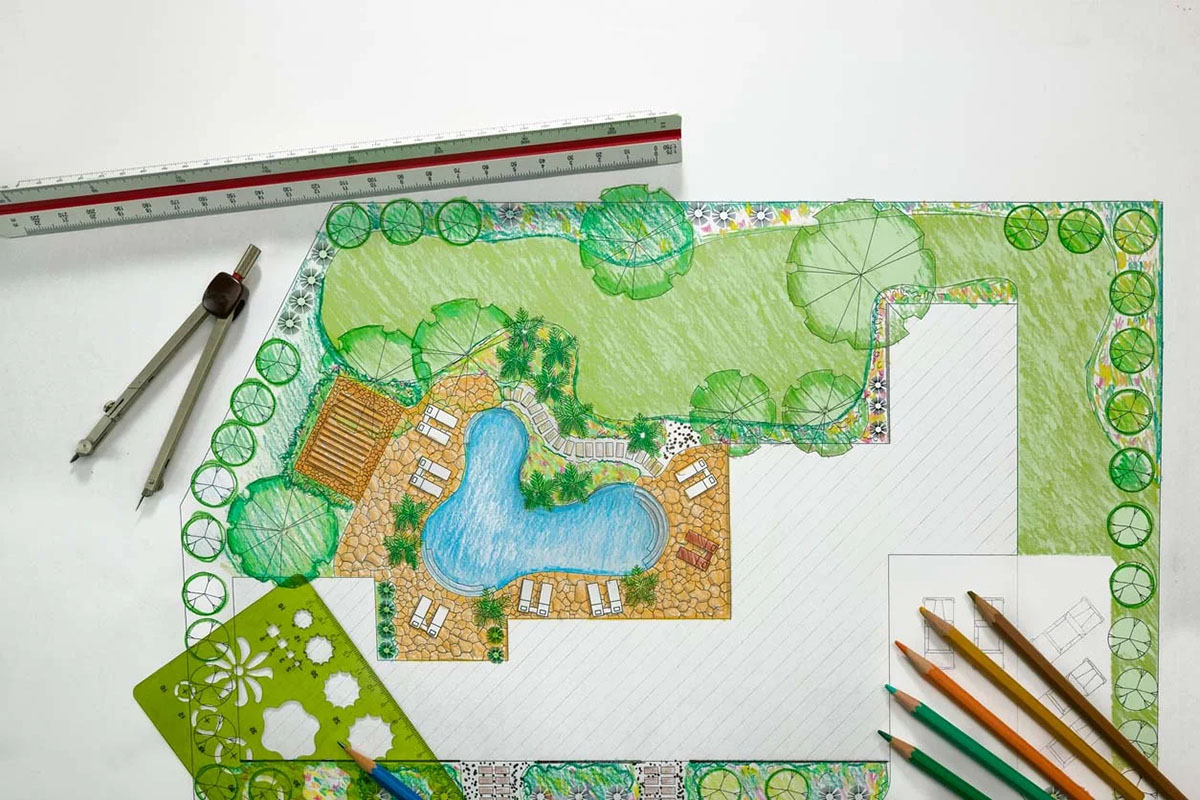

Garden Essentials
How To Improve My Landscape Design Skills
Modified: October 27, 2024
Learn how to enhance your garden design skills with expert tips and tricks. Discover the secrets to creating stunning landscapes that will impress everyone you know.
(Many of the links in this article redirect to a specific reviewed product. Your purchase of these products through affiliate links helps to generate commission for Storables.com, at no extra cost. Learn more)
Introduction
Welcome to the world of landscape design! Whether you have a small garden or a sprawling backyard, honing your landscape design skills can transform your outdoor space into a beautiful and functional oasis. By combining art and science, you can create a space that reflects your personal style and enhances the overall appeal of your property.
In this article, we will explore the fundamental principles of landscape design and provide you with valuable insights and tips to improve your skills. From understanding the basics to creating a cohesive design concept, selecting and arranging plants, incorporating hardscape elements, and implementing sustainable practices, we will cover it all. So, let’s dive in!
Key Takeaways:
- Landscape design involves balancing elements like plants and hardscape features to create a visually appealing and functional outdoor space. Understanding basic principles and developing a design concept are essential for success.
- Selecting suitable plants, incorporating sustainable practices, and integrating lighting are crucial for creating a beautiful and sustainable landscape. Regular maintenance and updates ensure the long-term health and beauty of the outdoor space.
Read more: How To Design A Low-Maintenance Landscape
Understanding the Basics of Landscape Design
Landscape design is the art of arranging outdoor spaces to create a visually appealing and functional environment. It involves various elements, such as plants, hardscape features, lighting, and water elements, all working together harmoniously. To create a successful landscape design, it’s essential to understand the basic principles that guide the process.
One crucial aspect is the concept of balance. Balance refers to the distribution of visual weight in a design. There are two types of balance: symmetrical and asymmetrical. Symmetrical balance involves mirroring elements on either side of a central axis, creating a sense of formality and stability. On the other hand, asymmetrical balance involves distributing elements unevenly to create a sense of movement and informality.
Another vital principle is proportion and scale. Proportion involves the relationship between different objects within a design. Each element should be in harmony with others, neither too dominant nor too small. Scale relates to the size of objects in relation to the overall space. Larger spaces can handle larger elements, while smaller areas require more delicate features.
Furthermore, unity is essential in landscape design. Unity refers to the repetition or consistency of design elements throughout the space. By using consistent colors, textures, or patterns, you can create a cohesive and visually pleasing design.
The next principle is focal points. Focal points are the areas or elements that draw the most attention. They can be a stunning plant, a unique sculpture, or a beautiful water feature. Focal points create visual interest and serve as anchor points for the entire design.
Lastly, the principle of transition helps create a smooth flow between different areas of the landscape. Transition involves gradually changing elements, such as plant sizes or colors, to create a sense of progression and movement throughout the space.
By understanding and applying these basic principles of landscape design, you will have a solid foundation to create a visually appealing and well-balanced outdoor space. Next, we will delve into the process of developing a design concept.
Developing a Design Concept
A design concept serves as the guiding principle for your landscape design. It is the overall vision or theme that ties together all the elements of your outdoor space. Developing a design concept is an essential step in creating a cohesive and visually stunning landscape.
The first step in developing a design concept is to assess your space and identify its unique features and constraints. Consider factors such as the size and shape of the area, existing trees or structures, and any specific challenges or opportunities presented by the site.
Next, think about your desired goals and objectives for the space. What activities do you envision taking place in your landscape? Are you aiming for a serene retreat or a vibrant gathering area? Understanding your goals will help you determine the overall mood and functionality of your design.
Once you have a clear understanding of your space and goals, it’s time to gather inspiration. Look for design ideas in magazines, books, online resources, or even by visiting local gardens and parks. Pay attention to elements such as plant combinations, color schemes, and unique design features that resonate with your personal style.
With your inspiration in hand, it’s time to start sketching out your ideas. You don’t have to be an artist to create a design sketch. A simple hand-drawn layout or a digital rendering can help you visualize your design concept. Start by outlining the main areas and features you want to incorporate, such as seating areas, plant beds, or pathways.
As you sketch your design, consider how the basic principles of landscape design, such as balance, proportion, and unity, play into your concept. Remember to create focal points and transitions to add visual interest and flow to your design.
Once you have a rough sketch, refine it by considering practical aspects such as functionality and maintenance. Make sure the layout allows for ease of movement and access to different areas. Additionally, consider the long-term care required for the plants and materials you plan to use.
Finally, don’t be afraid to make changes and adjustments as you work through the design process. Your initial concept may evolve and adapt as you gain more knowledge and experience. Embrace the creative journey and trust your instincts to create a design that reflects your personality and meets your needs.
By developing a strong design concept, you lay the foundation for a successful landscape design. In the next section, we will explore how to create a functional and practical design that optimizes your outdoor space.
Creating a Functional and Practical Design
While aesthetics play a significant role in landscape design, creating a functional and practical design is equally important. A well-designed outdoor space should not only look beautiful but also serve your needs and enhance your daily life. Here are some key considerations to ensure your landscape design is both functional and practical.
First and foremost, think about how you will use your outdoor space. Are you looking for a place to entertain guests, relax and unwind, or engage in outdoor activities? Consider the specific activities and functions you want your landscape to accommodate and design accordingly. For example, if you enjoy hosting outdoor gatherings, create defined seating areas and ensure easy access to amenities like a grilling station or outdoor kitchen.
Next, analyze the flow and circulation within your design. Aim for logical and seamless movement throughout the space, ensuring easy access to different areas. Design pathways that connect the various elements of your landscape and provide a natural flow for foot traffic.
When selecting plants and materials, consider their suitability for your climate and the maintenance they require. Choose plants that are well-adapted to your region’s climate, reducing the need for excessive watering and maintenance. Similarly, select durable and low-maintenance materials for hardscape elements like patios, decks, and pathways. This will save you time and effort in the long run.
Another crucial aspect is to design for sustainability and environmental responsibility. Incorporate eco-friendly practices such as water conservation, native plantings, and composting. Implementing efficient irrigation systems and using organic fertilizers can help reduce the environmental impact of your landscape. Furthermore, consider incorporating renewable energy sources, such as solar-powered lighting, to minimize reliance on non-renewable resources.
Don’t forget about the practicality of maintenance when designing your outdoor space. Create plant beds and grouping plants together based on their water and sunlight requirements. This will simplify the maintenance process by allowing you to water and care for plants efficiently. Additionally, provide easy access to water sources and storage for garden tools, ensuring that maintenance tasks are convenient and accessible.
Lastly, consider the long-term growth and development of your landscape. Anticipate the growth of plants, both in height and spread, and plan accordingly to prevent overcrowding. Regularly evaluate and adjust your design as the landscape evolves and matures over time.
By integrating functionality and practicality into your landscape design, you will create an outdoor space that not only looks beautiful but also supports your lifestyle and enhances your overall living experience. Next, let’s explore the importance of plant selection and arrangement in landscape design.
Selecting and Arranging Plants
Plants are the lifeblood of any landscape design, providing beauty, texture, color, and even fragrance. Selecting and arranging plants is a crucial part of creating a visually stunning and cohesive outdoor space. Here are some tips to help you make the most of your plant selection and arrangement:
Firstly, consider the specific needs and characteristics of your outdoor space, such as sunlight exposure, soil type, and climate. Evaluate the amount of sunlight your garden receives throughout the day and choose plants accordingly. Some plants thrive in full sun, while others prefer shade or partial shade. Likewise, consider the soil composition and drainage in your garden, as certain plants have specific soil requirements.
Next, think about the overall design style and theme. Are you aiming for a formal, structured garden or a more informal and naturalistic look? Different plant choices can help you achieve your desired style. For formal gardens, symmetrical planting beds with neatly trimmed hedges and topiaries work well. For a more informal garden, consider using a mix of flowering perennials and native grasses for a relaxed and organic feel.
When selecting plants, also consider their mature size and growth habit. Plan for the ultimate dimensions of each plant to ensure they have enough space to grow and don’t overcrowd the area. Arrange plants in a way that allows for proper air circulation and access for maintenance tasks.
Moreover, pay attention to the seasonality and bloom times of the plants. Incorporating a mix of plants that bloom at different times throughout the year ensures ongoing interest and color in your garden. Consider using evergreen plants as foundation plantings or as a backdrop to provide structure and visual interest year-round.
Blend different colors, textures, and heights to create a dynamic and visually appealing composition. Use contrasting colors, such as yellow and purple or red and green, to create vibrant color combinations. Mix plants with different leaf shapes and textures, such as broad-leafed plants with feathery grasses, to add visual interest and depth. Additionally, vary the height and layer plants to create depth and a sense of scale in your garden.
Incorporate native plants into your design to promote biodiversity and attract local wildlife, such as birds and butterflies. Native plants are well-adapted to your region’s climate and require less maintenance and watering.
Consider creating focal points with standout plants or architectural features. These focal points draw the eye and create a sense of visual interest and intrigue. Pair bold and striking plants with more subdued ones to create a balanced composition.
Lastly, don’t be afraid to experiment and try new plant varieties. Gardening is a creative endeavor, and each season brings new opportunities to grow and learn. Keep an open mind and be willing to adjust your plant selection and arrangement over time as your garden evolves and matures.
By thoughtfully selecting and arranging plants, you can create a visually stunning and harmonious landscape that brings joy and beauty to your outdoor space. Next, we will explore the importance of using colors, textures, and patterns in landscape design.
Working with Colors, Textures, and Patterns
Colors, textures, and patterns are powerful tools that can take your landscape design to the next level, adding depth, interest, and visual appeal. By understanding how to work with these elements, you can create a stunning outdoor space that is both visually captivating and harmonious. Here are some tips to help you make the most of colors, textures, and patterns in your landscape design:
Color is a fundamental aspect of landscape design and can evoke different emotions and moods. Warm colors like red, orange, and yellow create a sense of energy and vibrancy, while cool colors like blue and purple impart a calming and serene atmosphere. Consider the overall mood you want to establish in your outdoor space and choose colors accordingly.
When selecting plant colors, aim for a harmonious and complementary color scheme. Harmonious colors are those that are adjacent on the color wheel, such as shades of green and blue. Complementary colors are those that are opposite each other on the color wheel, such as purple and yellow or orange and blue. By using harmonious or complementary color combinations, you can create a visually balanced and pleasing composition.
In addition to plant colors, consider the colors of hardscape elements, such as fences, walls, and decking. These elements can provide a backdrop or contrast to the plantings, creating visual interest and depth in your design. Choose colors that harmonize with or complement the plant colors for a cohesive look.
Textures in landscape design refer to the surface quality or feel of elements within the space. Incorporating a mix of textures adds visual interest and tactile appeal to your design. Pairing plants with varying leaf textures, such as feathery grasses next to smooth-leafed shrubs, creates a dynamic and layered composition.
Consider the textures of hardscape elements as well. For example, smooth stones or glass pebbles can add a sleek and modern texture, while rough natural stones can provide a rustic and organic feel. Strive for a balance of textures within your design to create a visually pleasing and well-rounded composition.
Patterns can add intrigue and visual depth to your landscape design. Patterns can be created through the repetition of shapes, colors, or materials. For example, a row of identical shrubs or a patterned pathway can create a sense of rhythm and order in your design.
When using patterns, be mindful of not overdoing it. Avoid creating patterns that are too busy or chaotic, as this can overwhelm the eye. Opt for subtle and understated patterns that complement the overall design and allow other elements to shine.
Experiment with combining colors, textures, and patterns to create unique and personalized outdoor spaces. Allow your creativity to flourish as you play with different combinations and see what resonates with your style and preferences.
Remember that the beauty of landscape design lies in the eye of the beholder, so trust your instincts and have fun with the process. In the next section, we will explore the incorporation of hardscape elements in your landscape design.
Study the principles of design such as balance, proportion, and unity. Practice sketching and experimenting with different plant combinations to enhance your landscape design skills.
Incorporating Hardscape Elements
Hardscape elements are the non-living features of your outdoor space, including structures, pathways, walls, and water features. By incorporating hardscape elements into your landscape design, you can add structure, functionality, and visual interest. Here are some key considerations when integrating hardscape elements:
One important factor to consider is the overall style and theme of your landscape design. Choose hardscape materials that complement the architectural style of your home and the surrounding environment. For a contemporary look, opt for sleek and modern materials such as concrete, metal, or glass. For a more rustic or naturalistic design, consider using flagstone, brick, or wood elements.
Functionality should be a top priority when incorporating hardscape elements. Determine how you will use your outdoor space and design hardscape features accordingly. For example, if you enjoy outdoor dining, create a patio or deck area with enough space for a dining set. If you have children or pets, create designated play areas with soft surfaces or incorporate a play structure.
Pathways are an important hardscape element that guides movement and creates flow in your landscape. Design pathways that connect different areas of your outdoor space and allow for easy access. Consider using a variety of materials, such as pavers, gravel, or stepping stones, to add visual interest and texture.
Water features are popular hardscape elements that can add serenity and tranquility to your outdoor space. Consider incorporating a pond, fountain, or waterfall to create a focal point and provide soothing sounds. Water features can also attract wildlife, such as birds and butterflies, further enhancing the natural ambiance of your garden.
Walls and fences can serve multiple purposes in landscape design. They can provide privacy and security, define different areas within your outdoor space, or act as a backdrop for plantings. Choose materials and designs that suit the overall style of your landscape while ensuring they blend seamlessly with the surrounding elements.
Lighting is another hardscape element that should not be overlooked. Well-planned lighting can enhance the ambiance of your outdoor space, provide safety and security, and highlight focal points or architectural features. Consider incorporating a combination of ambient, task, and accent lighting to create layers of illumination and create a welcoming atmosphere.
When incorporating hardscape elements, it’s crucial to strike a balance between soft and hard elements. Aim for a harmonious composition where hardscape features enhance and complement the natural beauty of the plants and landscape. Incorporate plantings around hardscape elements to soften their appearance and create a seamless transition between the two.
Lastly, always consider the long-term maintenance and durability of hardscape elements. Choose materials that are suitable for your climate, easy to maintain, and built to withstand the elements. Regularly inspect and clean hardscape elements to preserve their functionality and beauty over time.
By thoughtfully incorporating hardscape elements into your landscape design, you can create an inviting and functional outdoor space that enhances your overall living experience. In the next section, we will explore how to implement sustainable design principles in your landscape.
Implementing Sustainable Design Principles
Sustainable design is not only beneficial for the environment, but it also promotes a healthier and more resilient outdoor space. By implementing sustainable design principles in your landscape, you can reduce your ecological footprint, conserve resources, and create a harmonious relationship between your outdoor space and the surrounding environment. Here are some key principles to consider:
One important aspect of sustainable design is water conservation. Install efficient irrigation systems that deliver water directly to the roots of plants, reducing water waste. Consider implementing drip irrigation or using rainwater harvesting techniques to minimize reliance on municipal water sources.
Choose native and drought-tolerant plants for your landscape. Native plants are well-adapted to the local climate and require less watering, fertilizing, and pesticide use. Implementing xeriscaping techniques, such as grouping plants with similar water needs together, can further conserve water.
Create healthy soil by amending it with organic matter, such as compost or leaf mulch. Healthy soil improves water retention, nutrient availability, and root development. Avoid the use of synthetic fertilizers and pesticides, as they can harm beneficial organisms and contribute to water pollution.
Incorporate permeable surfaces, such as permeable pavers or gravel, into your hardscape design. Permeable surfaces allow water to infiltrate the soil, reducing runoff and replenishing groundwater supplies.
Consider using recycled or reclaimed materials in your landscape design. Repurpose materials such as salvaged wood for decking, recycled concrete for pathways, or reclaimed stone for walls. Using recycled materials reduces waste and minimizes the need for new resource extraction.
Integrate renewable energy sources into your outdoor space. Install solar-powered outdoor lighting or consider incorporating solar panels to power water features or other outdoor electrical needs. Utilizing renewable energy reduces reliance on fossil fuels and lowers greenhouse gas emissions.
Promote biodiversity in your landscape by creating habitats for local wildlife. Designate areas for native plantings and incorporate features such as bird feeders, nesting boxes, or butterfly gardens. Biodiversity is crucial for a healthy ecosystem and helps maintain a balance between pests and beneficial organisms.
Reduce waste in your landscape by practicing composting. Composting yard waste and kitchen scraps not only reduces landfill waste but also creates nutrient-rich compost to amend your soil. Additionally, consider using reusable materials, such as cloth mulch or compostable plant pots, instead of single-use plastics.
Regularly maintain and monitor your landscape to ensure sustainable practices are being implemented effectively. Adjust irrigation schedules, monitor plant health, and address any pest or disease issues promptly and organically.
By implementing sustainable design principles in your landscape, you can create an eco-friendly and resilient outdoor space that benefits both you and the environment. Taking a holistic approach to landscaping not only supports biodiversity and conserves resources but also provides a beautiful and sustainable sanctuary for you to enjoy for years to come.
In the next section, we will explore the importance of lighting in landscape design and how it can enhance the beauty and functionality of your outdoor space.
Enhancing the Landscape with Lighting
Proper lighting in your landscape design can transform your outdoor space into a captivating and functional environment. Lighting not only extends the usability of your outdoor space into the evening hours but also adds depth, ambiance, and security. Here are some tips to help you enhance your landscape with lighting:
Start by assessing the different areas within your landscape that you want to highlight or illuminate. Consider focal points such as architectural features, statues, water elements, or unique plantings. These areas can become the focal points of your lighting design, drawing attention and creating visual interest.
Layer your lighting by incorporating different types of illumination. Ambient lighting provides overall illumination to the entire space, allowing for safe movement and navigation. Task lighting focuses on specific areas where activities take place, such as outdoor kitchen counters or seating areas. Accent lighting is used to highlight and create focal points for features like trees, sculptures, or garden structures.
Consider the various lighting techniques at your disposal. Uplighting involves placing lights at the base of trees or architectural elements to illuminate them from below, creating a dramatic effect. Downlighting can be achieved by mounting fixtures in trees or on structures to cast a soft and warm glow from above. Path lighting guides movement and increases safety along walkways and pathways. Silhouetting creates a striking outline effect by placing lights behind an object, casting its shadow on a wall or surface.
Choose the right lighting fixtures for your landscape. Select fixtures that are weather-resistant and designed for outdoor use. There are a variety of options to choose from, including floodlights, spotlights, wall-mounted fixtures, string lights, and solar-powered lights. Take into account your desired lighting effect, energy efficiency, and the overall design aesthetic of your outdoor space.
Consider the color temperature of your lighting. Warm white (around 2700-3000 Kelvin) creates a cozy and inviting atmosphere, making it ideal for social areas. Cool white (around 4000-5000 Kelvin) provides a more vibrant and refreshing ambiance, suitable for highlighting architectural elements or plantings. Experiment and find the color temperature that best complements the mood and functionality of your outdoor space.
Utilize lighting controls to enhance flexibility and energy efficiency. Install timers, motion sensors, or smart lighting systems to automate the operation of your lights, saving energy and ensuring lights are only on when needed. Incorporate dimmers to adjust the intensity of the lighting according to the time of day or specific occasions.
Take into account safety and security when designing your lighting. Illuminate areas where there may be steps, changes in elevation, or potential hazards to prevent accidents. Consider using motion-sensor lights near entrances or paths to deter intruders and provide added security.
Regularly maintain your lighting system to ensure optimal performance and longevity. Clean fixtures, replace bulbs when needed, and check for any electrical issues. A well-maintained lighting system will continue to enhance the beauty and functionality of your landscape over time.
By thoughtfully incorporating lighting into your landscape design, you can create a captivating and inviting outdoor space that can be enjoyed day and night. Lighting enhances the beauty, functionality, and safety of your landscape, allowing you to fully appreciate its charm and extend your time outdoors. In the final section, we will explore the importance of maintaining and updating your landscape design.
Maintaining and Updating Your Landscape Design
Maintaining and updating your landscape design is crucial to ensure its long-term health, beauty, and functionality. Just like any other living space, a well-maintained garden requires periodic care and attention. Here are some important considerations for maintaining and updating your landscape design:
Regular maintenance is key to the health and longevity of your plants and outdoor elements. Establish a routine for watering, pruning, weeding, and fertilizing based on the needs of your plants. Regularly inspect your garden for pests or diseases and take appropriate measures to address them promptly.
Stay on top of your landscape’s seasonal needs. Different plants have varying requirements throughout the year, so adjust your maintenance tasks accordingly. Consider the changes in temperature, rainfall, and sunlight and modify your watering and fertilizing schedules accordingly.
Keep your landscape tidy by removing debris, fallen leaves, and spent flowers. Proper debris management prevents the buildup of pests and diseases and maintains the overall cleanliness of your outdoor space.
Update your landscape as needed to meet your changing needs and preferences. Over time, your garden may require modifications to adapt to new uses or to accommodate the growth of plants. Consider adding new plants, changing the arrangement of existing plants, or incorporating new hardscape elements to revitalize the overall look and feel of your landscape.
Regularly evaluate the health and condition of your plants. Remove any dead or diseased plants to prevent the spread of diseases to other parts of your garden. Replace plants that are not thriving or don’t fit into your desired design aesthetic.
Consider the changing needs of your landscape as it matures. Trees and shrubs may outgrow their allotted space, requiring pruning or tree removal. Be aware of the growth habits of your plants and adjust their positioning as needed to maintain a balanced and well-proportioned landscape.
Replenish mulch regularly to suppress weeds, retain moisture, and improve soil health. Mulch also adds a neat and finished look to your garden beds. Choose organic materials such as wood chips or straw that will decompose over time and enrich the soil.
Periodically assess the condition of your hardscape elements. Repair any cracks or damage to pathways, walls, or structures to maintain their functionality and safety. Additionally, consider updating or replacing outdated hardscape elements to keep your landscape design fresh and up to date.
Stay informed about new gardening techniques, trends, and sustainable practices. Attend workshops, visit local gardens or nurseries, and engage with other gardening enthusiasts to learn and exchange ideas. Keeping up with the latest information can inspire you to enhance and improve your landscape design.
Regularly review and update your design concept to reflect your evolving tastes and needs. As your landscape matures, revisit your initial vision and make adjustments to ensure your outdoor space continues to bring you joy and satisfaction.
Remember, the beauty of a landscape design lies not only in its initial creation but in its continued care and evolution over time. By maintaining and updating your landscape design, you can create a thriving and ever-changing outdoor space that reflects your personality and enhances the beauty of your home.
With these tips in mind, you are now equipped with the knowledge to improve your landscape design skills. Embrace the process, get your hands dirty, and enjoy the journey of transforming your outdoor space into a stunning and inviting garden.
Conclusion
Congratulations on expanding your landscape design skills! By understanding the basics, developing a design concept, creating a functional layout, selecting and arranging plants, working with colors and textures, incorporating hardscape elements, implementing sustainable practices, enhancing your design with lighting, and maintaining and updating your landscape, you are well on your way to creating a beautiful and personalized outdoor space.
Remember that landscape design is a dynamic and evolving process. It is an opportunity for creativity, self-expression, and a deep connection with nature. As you continue to learn, experiment, and expand your knowledge, your landscape design skills will continue to grow, allowing you to create captivating and harmonious outdoor environments.
Whether you have a small garden, a sprawling backyard, or something in between, the principles and tips covered in this article will serve as a solid foundation for your landscape design journey. Embrace the challenges and joys of designing and maintaining your outdoor space, and don’t be afraid to think outside the box and make it uniquely yours.
Remember that landscape design is not just about visual aesthetics. It is about creating spaces that nourish the soul, promote well-being, and connect us with the natural world. A well-designed landscape can inspire and rejuvenate, offer a sanctuary for relaxation, and provide a place for cherished moments with family and friends.
So go ahead, put your newfound knowledge and skills to use. Let your imagination soar as you transform your outdoor space into a haven of beauty, functionality, and sustainability. Enjoy the process of experimenting with plants, colors, textures, and hardscape elements. And above all, savor the joy and satisfaction that comes from creating a landscape that reflects your unique personality and enhances your quality of life.
May your landscape design journey be filled with endless inspiration, bountiful growth, and moments of tranquility and joy in the beauty of nature.
Frequently Asked Questions about How To Improve My Landscape Design Skills
Was this page helpful?
At Storables.com, we guarantee accurate and reliable information. Our content, validated by Expert Board Contributors, is crafted following stringent Editorial Policies. We're committed to providing you with well-researched, expert-backed insights for all your informational needs.
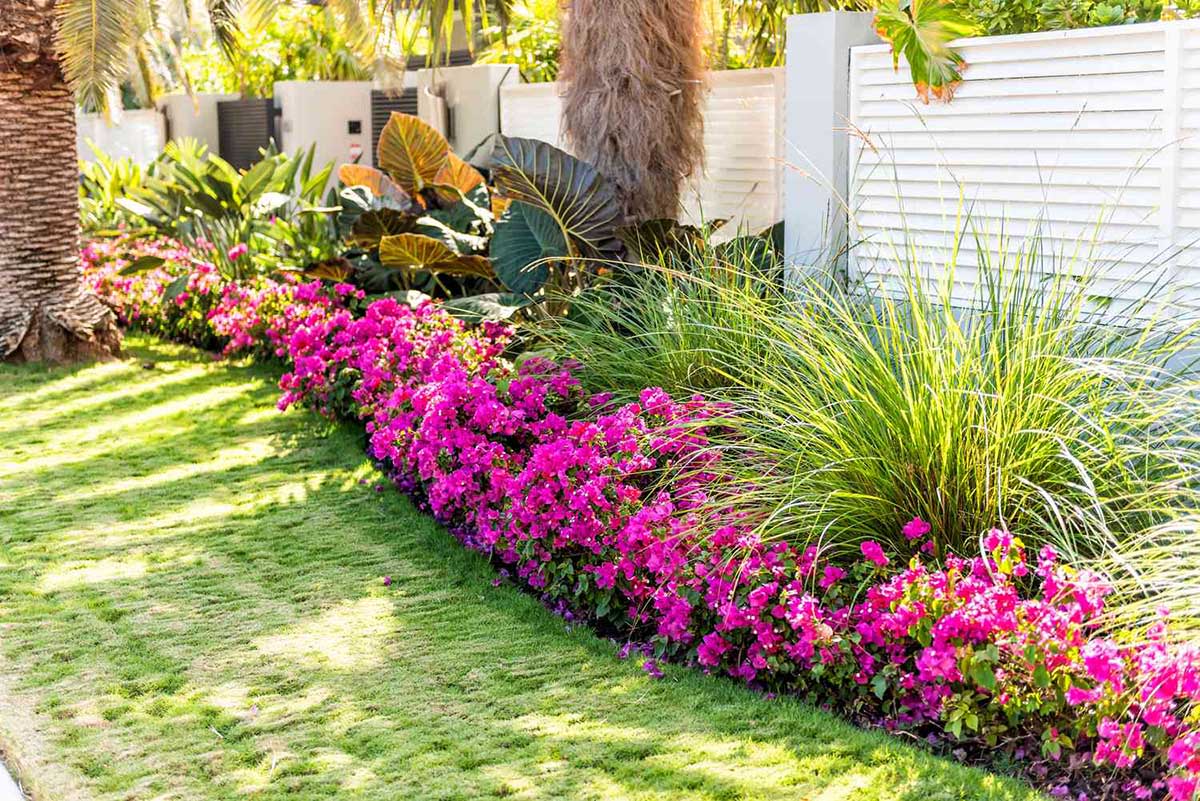

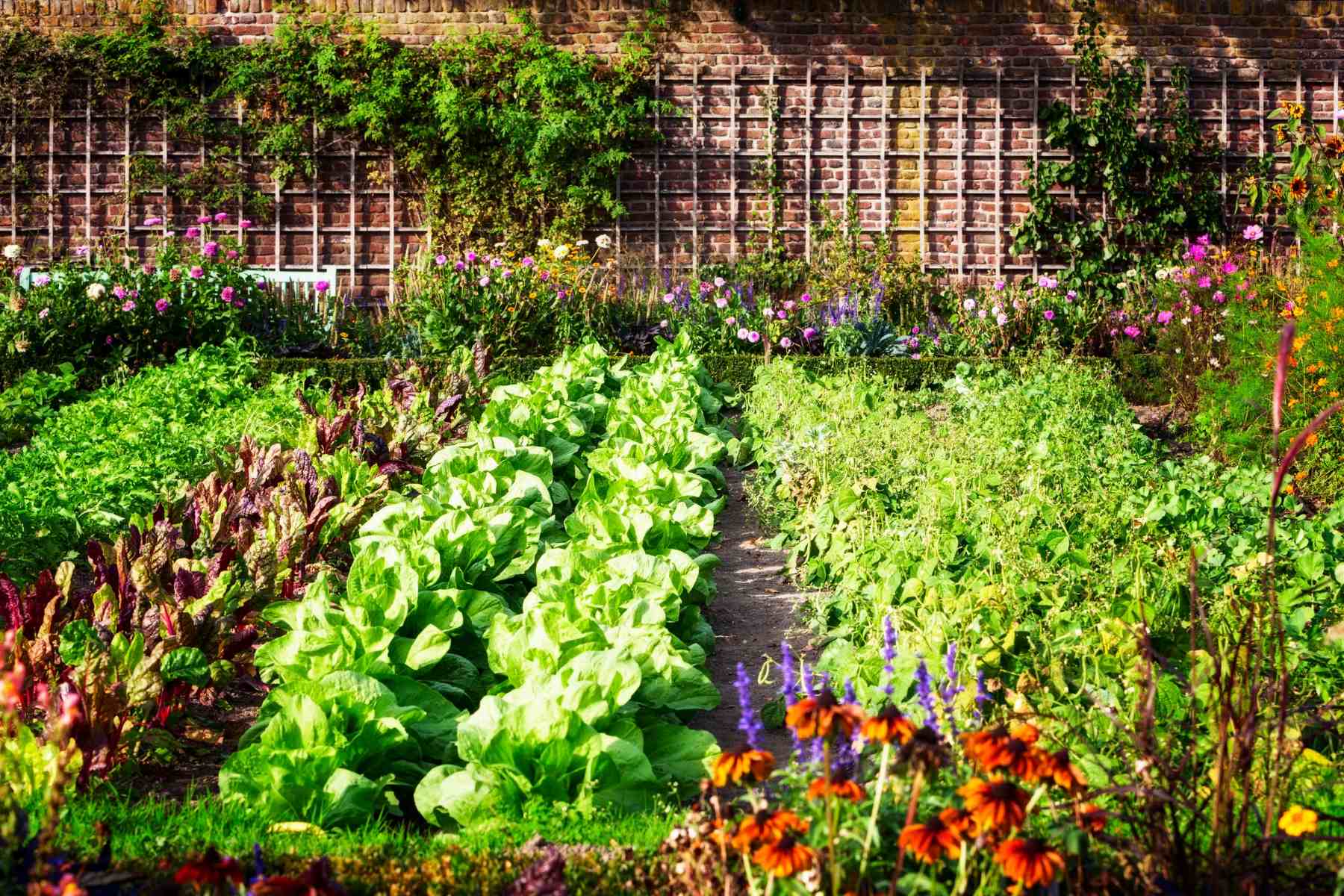

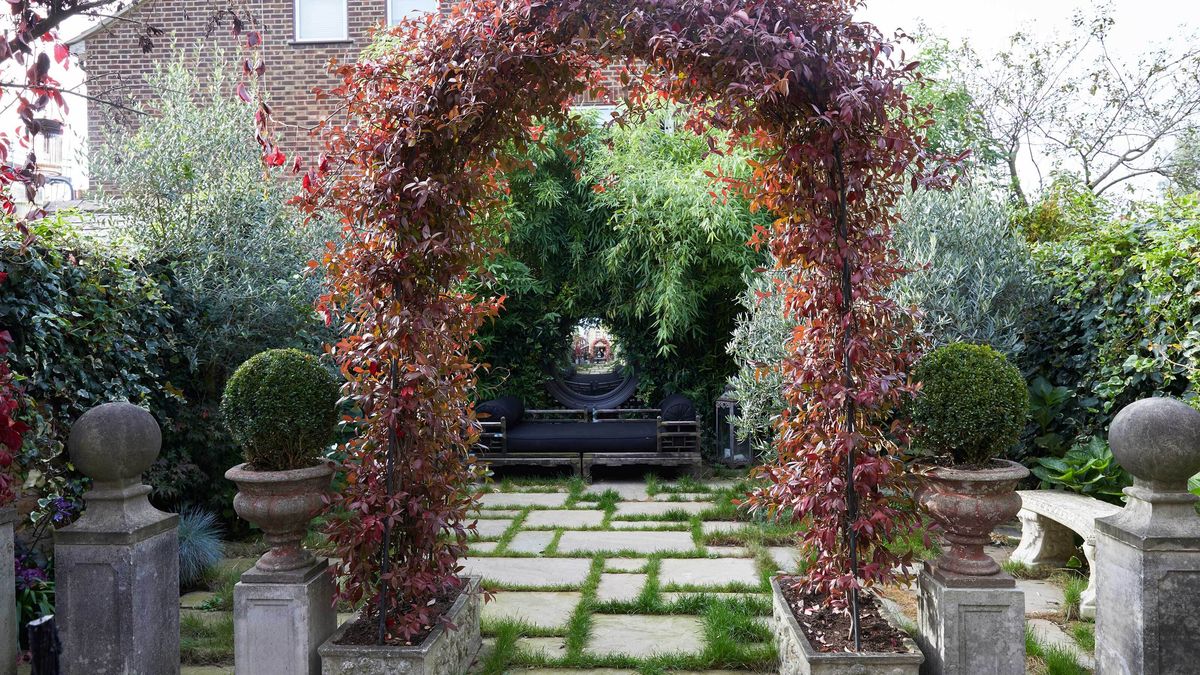
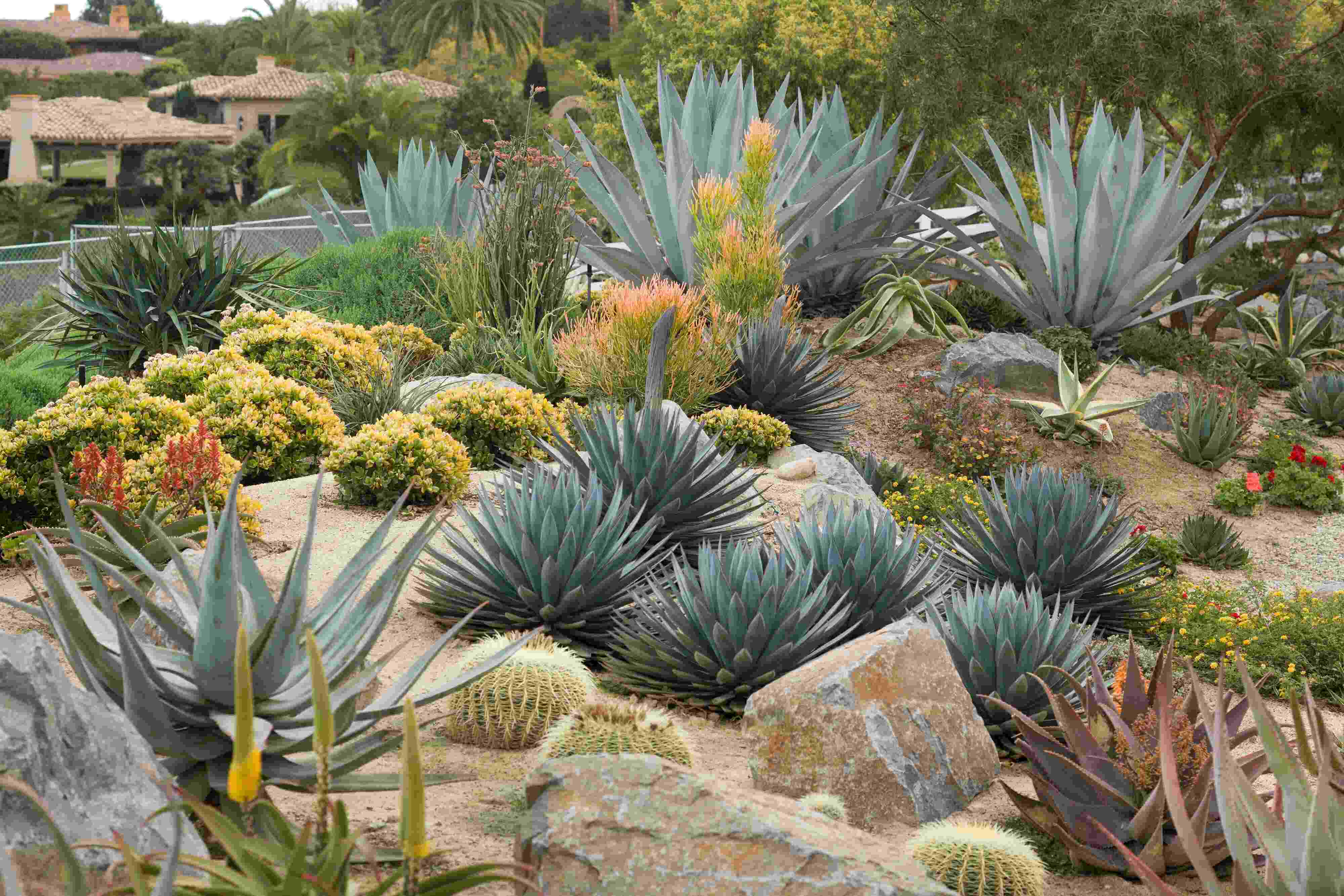
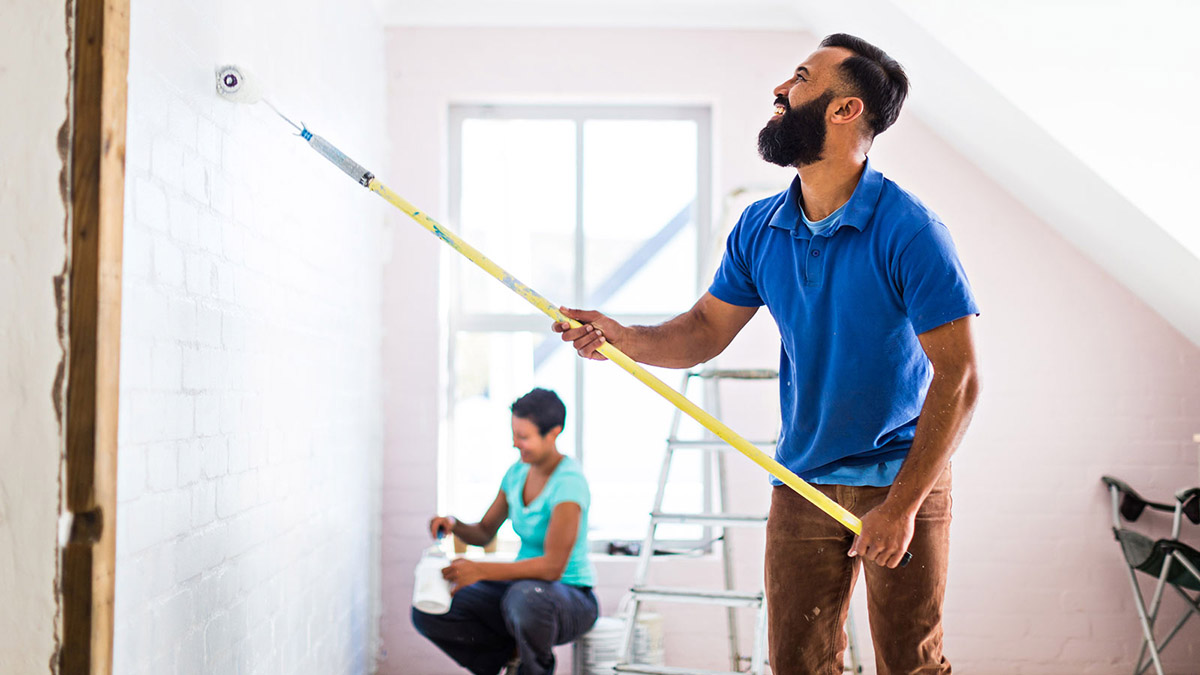


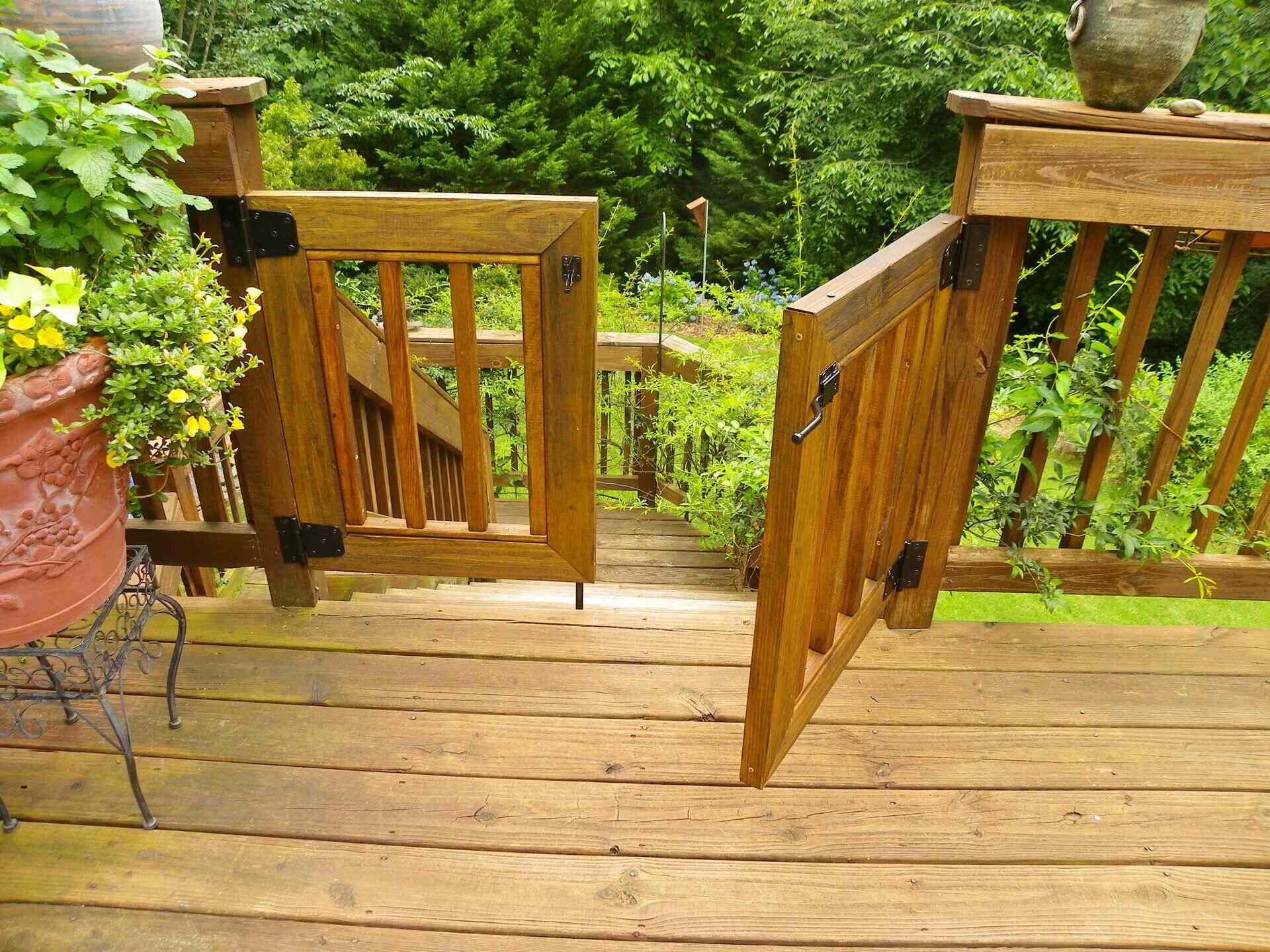
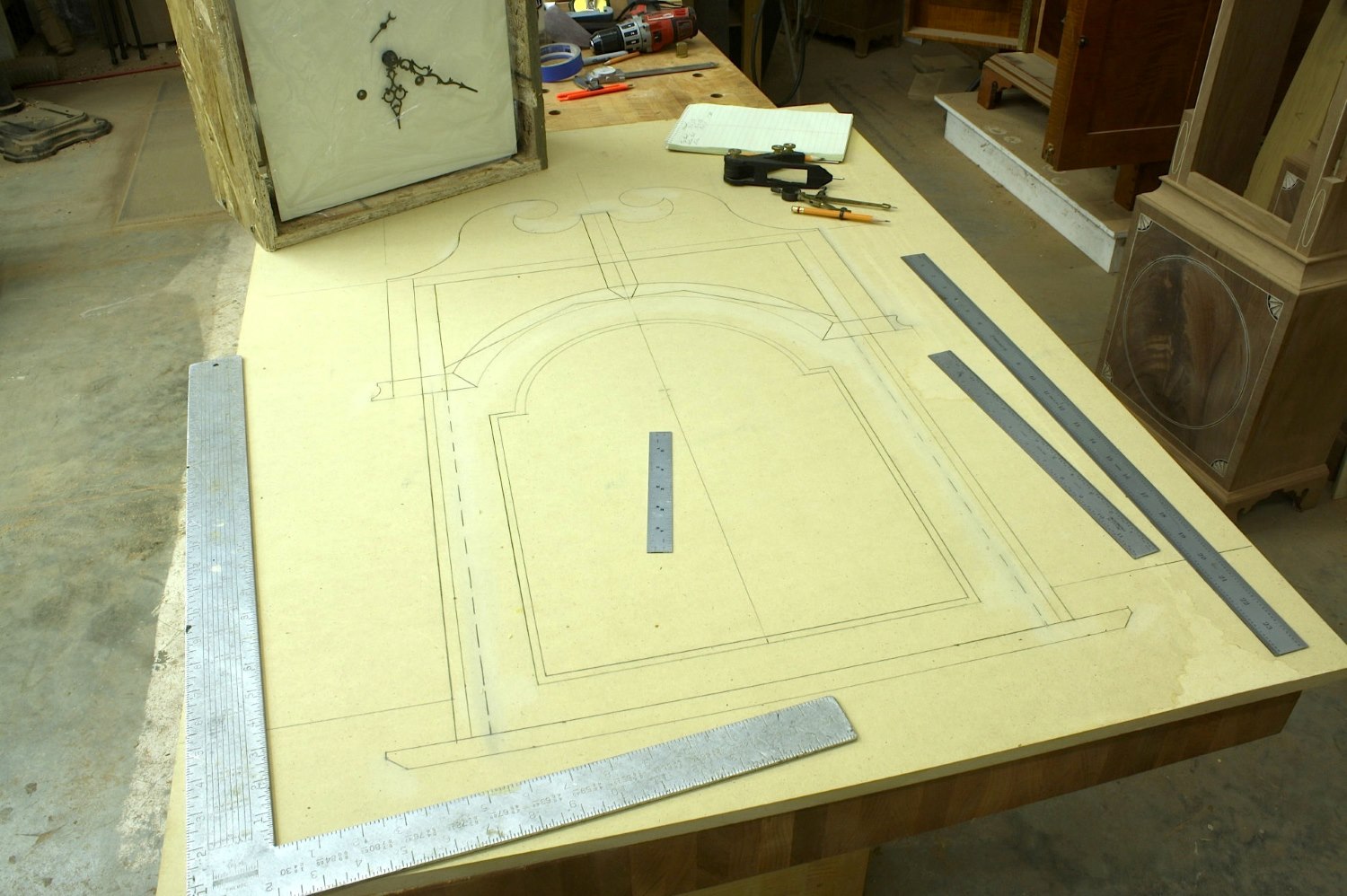

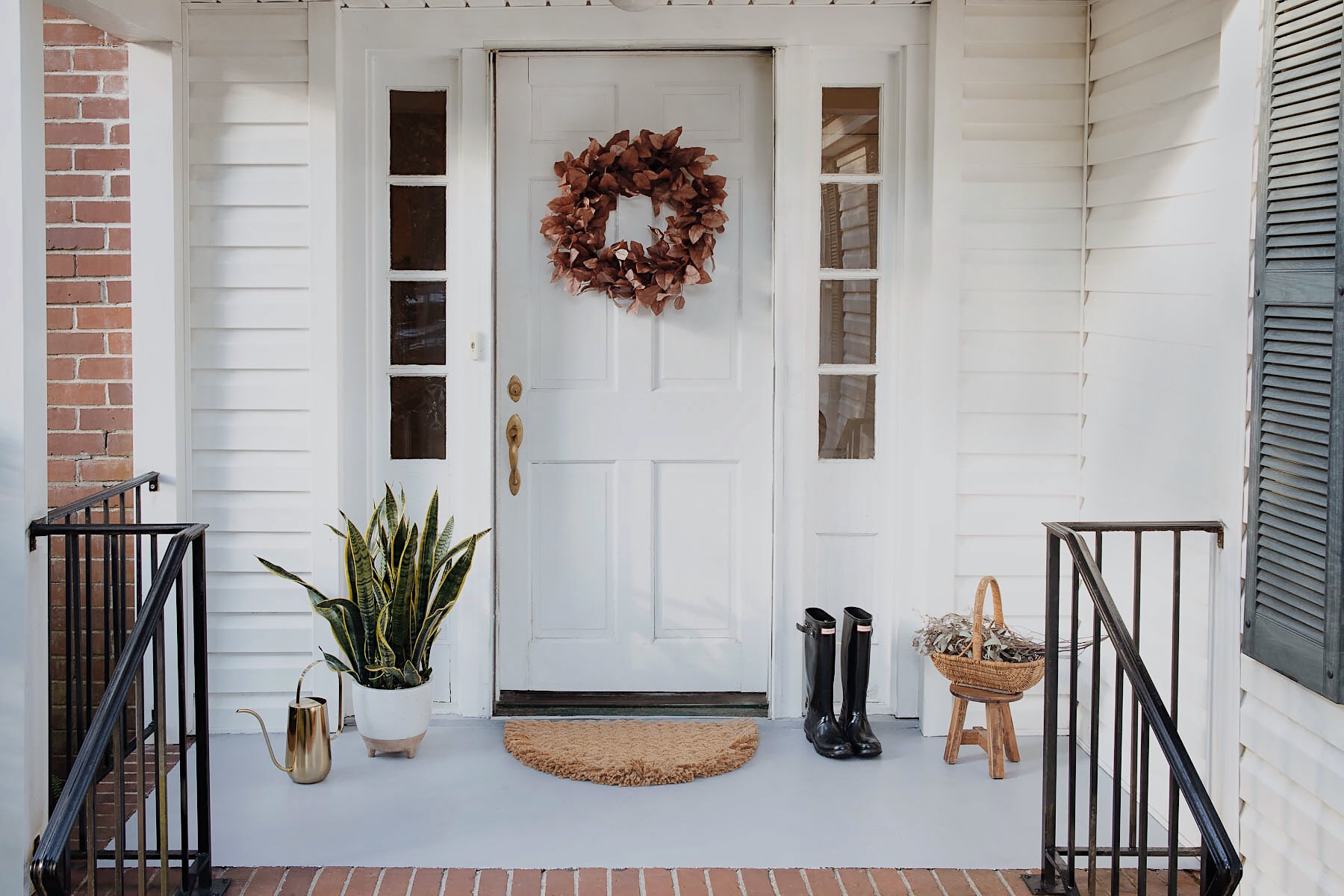

0 thoughts on “How To Improve My Landscape Design Skills”